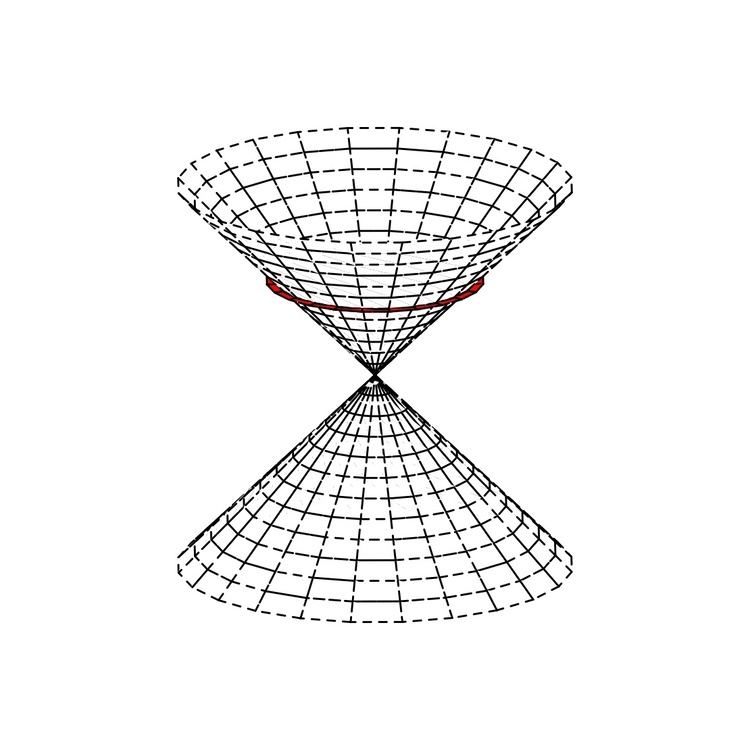 | ||
In mathematics and theoretical physics, an invariant differential operator is a kind of mathematical map from some objects to an object of similar type. These objects are typically functions on
Contents
In an invariant differential operator
Usually, the action of the group has the meaning of a change of coordinates (change of observer) and the invariance means that the operator has the same expression in all admissible coordinates.
Invariance on homogeneous spaces
Let M = G/H be a homogeneous space for a Lie group G and a Lie subgroup H. Every representation
Sections
In this form the group G acts on sections via
Now let V and W be two vector bundles over M. Then a differential operator
that maps sections of V to sections of W is called invariant if
for all sections
Invariance in terms of abstract indices
Given two connections
for some tensor
where brackets denote skew symmetrization. This shows the invariance of the exterior derivative when acting on one forms. Equivalence classes of connections arise naturally in differential geometry, for example:
Examples
- The usual gradient operator
∇ acting on real valued functions on Euclidean space is invariant with respect to all Euclidean transformations. - The differential acting on functions on a manifold with values in 1-forms (its expression is
d = ∑ j ∂ j d x j
in any local coordinates) is invariant with respect to all smooth transformations of the manifold (the action of the transformation on differential forms is just the pullback). - More generally, the exterior derivative
d : Ω n ( M ) → Ω n + 1 ( M )
that acts on n-forms of any smooth manifold M is invariant with respect to all smooth transformations. It can be shown that the exterior derivative is the only linear invariant differential operator between those bundles. - The Dirac operator in physics is invariant with respect to the Poincaré group (if we choose the proper action of the Poincaré group on spinor valued functions. This is, however, a subtle question and if we want to make this mathematically rigorous, we should say that it is invariant with respect to a group which is a double cover of the Poincaré group)
- The conformal Killing equation
X a ↦ ∇ ( a X b ) − 1 n ∇ c X c g a b
is a conformally invariant linear differential operator between vector fields and symmetric trace-free tensors.
Given a metric
on
In this way, the flat model of conformal geometry is the sphere
